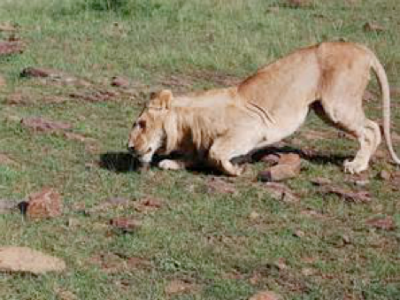|

Poisons are cheap and highly effective
Wildlife conservation should be ever-dynamic. Current formulas and plans which have not met the tasks of being adaptive to ever-increasing challenges should be abandoned.
In Kenya, the order of the day seems to be cattle invasions into national park and reserves. Richard Leakey recently admitted there were 800,000 cattle grazing in the Tsavos. Similarly, thousands of cattle can be found daily in other Kenya protected areas like Amboseli, Samburu, Buffalo Springs, Meru and the Masai Mara …
Leakey also admitted that in the Tsavos at least, rangers and wardens were directly complicit in allowing such grazing in return for payments. In the Mara, it is alleged that highly prominent individuals including Councillors, Wardens and relatives of the County Governor own many of the invading cattle.
Kenya needs to make a choice, and very quickly. The recent poisoning of the lions in the Mara has brought this situation to a head. For sure, some “herdsmen” were arrested for the poisoning, but as usual Kenya only seems to have an appetite for prosecuting small fish. I can almost guarantee that the court case against “herdsmen” will not be heard from again – either dropped for “lack of evidence” or dismissed for “missing dockets”. I hope I will be proved wrong, and that the court case will take on a greater dimension.
Meanwhile, the status quo will likely continue.
Doing nothing comes at a big cost. Wildlife will be decimated and protected areas will lose tourism. The most recent poisoning of lions was not the first incident where wildlife in the Mara was destroyed – elephants have been speared and shot with poisoned arrows in the past and so have lions. Much the same has happened in other protected areas.
So what is the future for Kenya? Will the national and local authorities belatedly develop a sense of urgency to address this long-simmering issue? Will Kenya continue to pay no attention and risk even further their “status” of a prime wildlife tourism destination?
I would pose that this issue has for far too long been ignored. Government and local authorities need to engage directly with communities to decide future land-use priorities. Is it to be livestock or wildlife? At what cost/benefit ratio to the national and local economies?
The current formula is destructive and nonsensical. It has no future except for a prediction of guaranteed failure. In short, it is the cost of doing nothing.
Picture credit: animals.nationalgeographic.com
|




